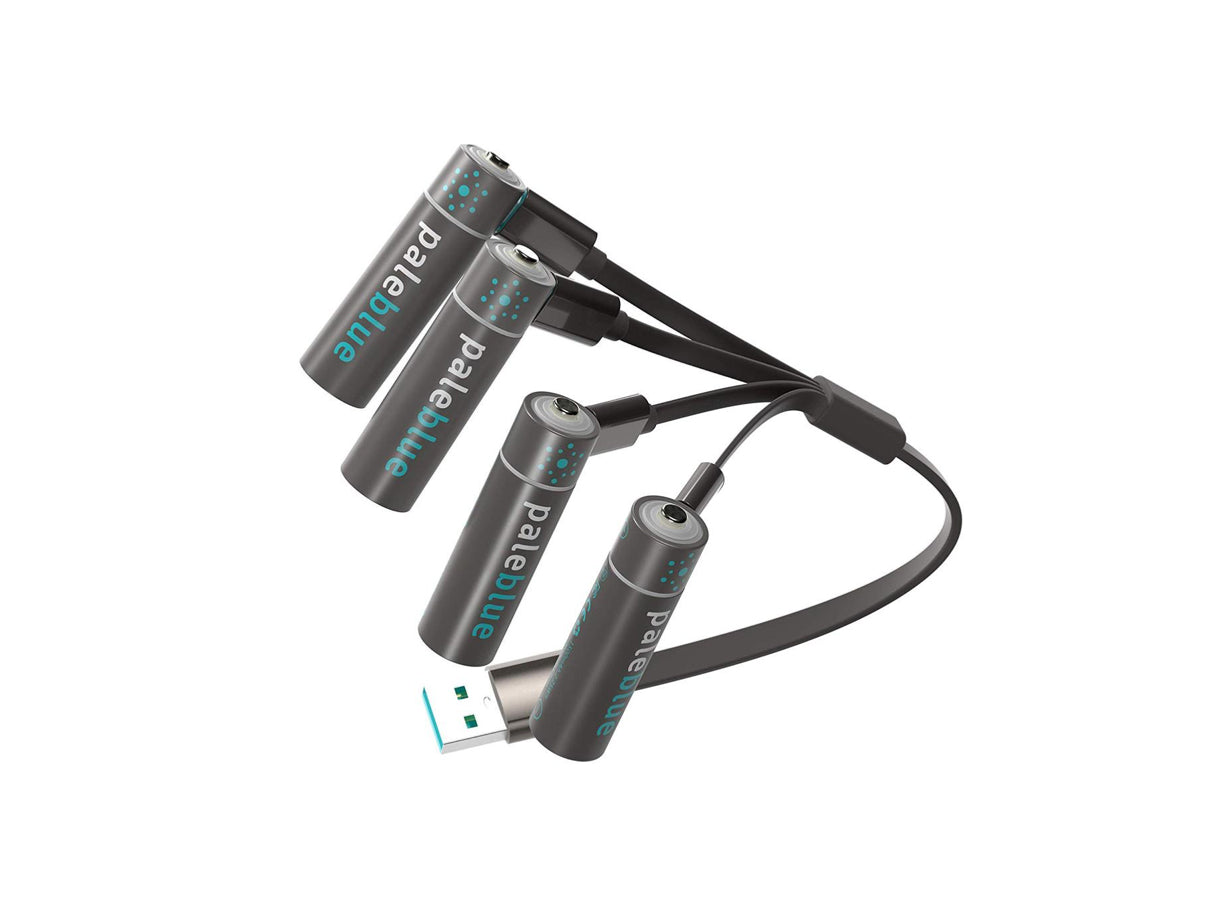The Rechargeable Battery Superpower 1000 Charge Cycles

If you had to change one thing about batteries, it’d most likely be that you only get one use out of them. Compared to rechargeable batteries, single-use batteries are more costly over time due to the fact that you have to constantly replace the supply when they’re finished. The 1,000+ charge cycles our lithium-ion batteries are known for means that they are very sustainable and cost-effective for a rechargeable battery.
Rechargeable batteries are better for the environment because they reduce waste. They are more sustainable because they reduce the need for natural resources in battery manufacturing. They are green because they are easily recycled. And while all of that is good, what most people care about is cost. That's where 1,000+ charge cycles prove so valuable.
Less Money Over Time
If you are like most people, you have made the choice to buy single-use batteries instead of rechargeables due to cost. It's okay. There is no shame in admitting it. Single-use batteries cost less per unit. But over time, they end up costing more. Way more, in fact.
We did a little browsing on one of the world's most popular retail sites. We found a leading brand of single-use AA batteries at a cost of $0.32 per unit. By the same token, our AA batteries cost roughly $6.65 per unit. That is a significant difference. But don't forget the 1,000+ charge cycles you get with our batteries.
At a price of $0.32 per unit, 1,000 single-use batteries would cost $320. Now which battery choice is actually cheaper? Clearly, USB-C rechargeable batteries win the cost comparison challenge because you can charge them so many times.
Consumer Reports Agrees
If you do not want to take our word for it, consider what Consumer Reports has to say. The well-known consumer advocacy organization was tapped for a report from Canada's CTV News late last year. One of the organization's representatives told CTV News that "you can recharge them around a thousand or so times” in explaining why rechargeable batteries are better for children's toys, wireless mice, and other electronic devices.
The representative went on to say that rechargeable batteries are ideal for devices that draw a lot of power over a short amount of time. But even for low-draw devices such as flashlights and wireless mics, rechargeable batteries are ideal.
Batteries on Hand at All Times
We cannot find a lot of negative things to say about rechargeable batteries. That makes sense, given that we are a battery company. Nonetheless, the few negatives there are do not stack up to all the positives. For instance, knowing that you have 1,000+ charge cycles to work with makes it easier to always have batteries on hand.
Maybe you will purchase two sets of AA USB-C rechargeable batteries from Pale Blue Earth. It might be years before you need to buy new ones. As long as you pay attention to their performance, you will have sufficient warning that it is time to buy new batteries.
On the other hand, there is no telling when a single-use battery might die without putting it on a tester. And since most people do not have testers, they only realize the need for new batteries when their set no longer works. Then it is off to the store for another set.
We have only positive things to say about rechargeable lithium-ion batteries. One of the things we appreciate most is their superpower: 1,000+ charge cycles. To us, having so many charge cycles is that which makes USB-C rechargeable batteries so much better than their single-use counterparts. In fact, it is not even close. Why do people even buy single-use batteries when rechargeables are so much better?
- Tags: Rechargeable Batteries







